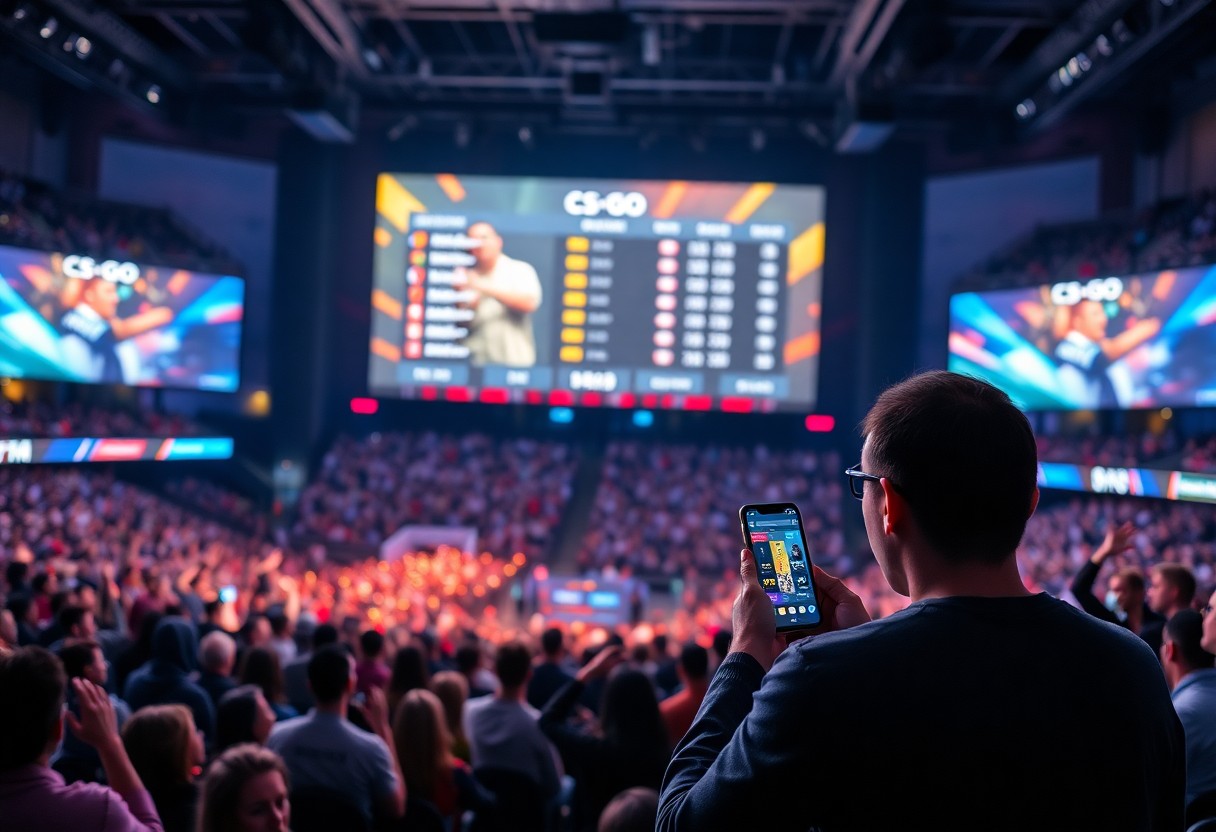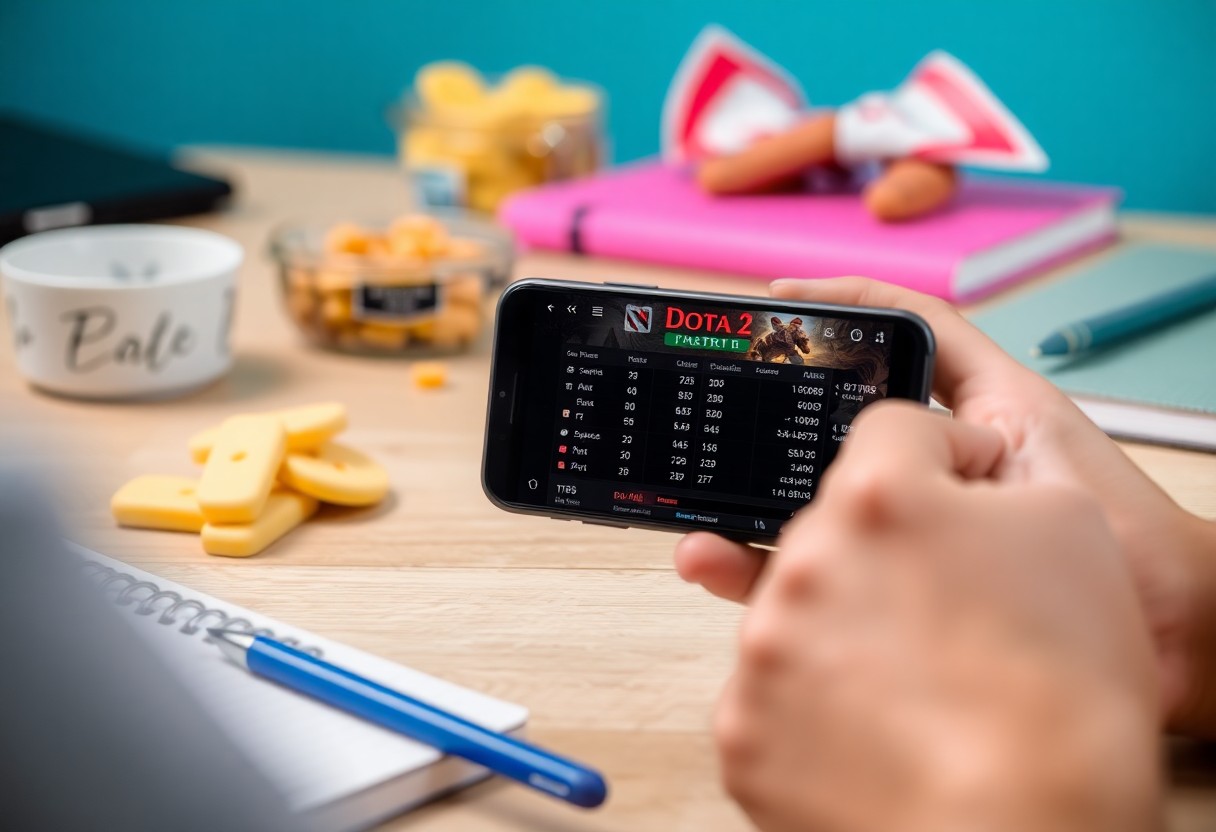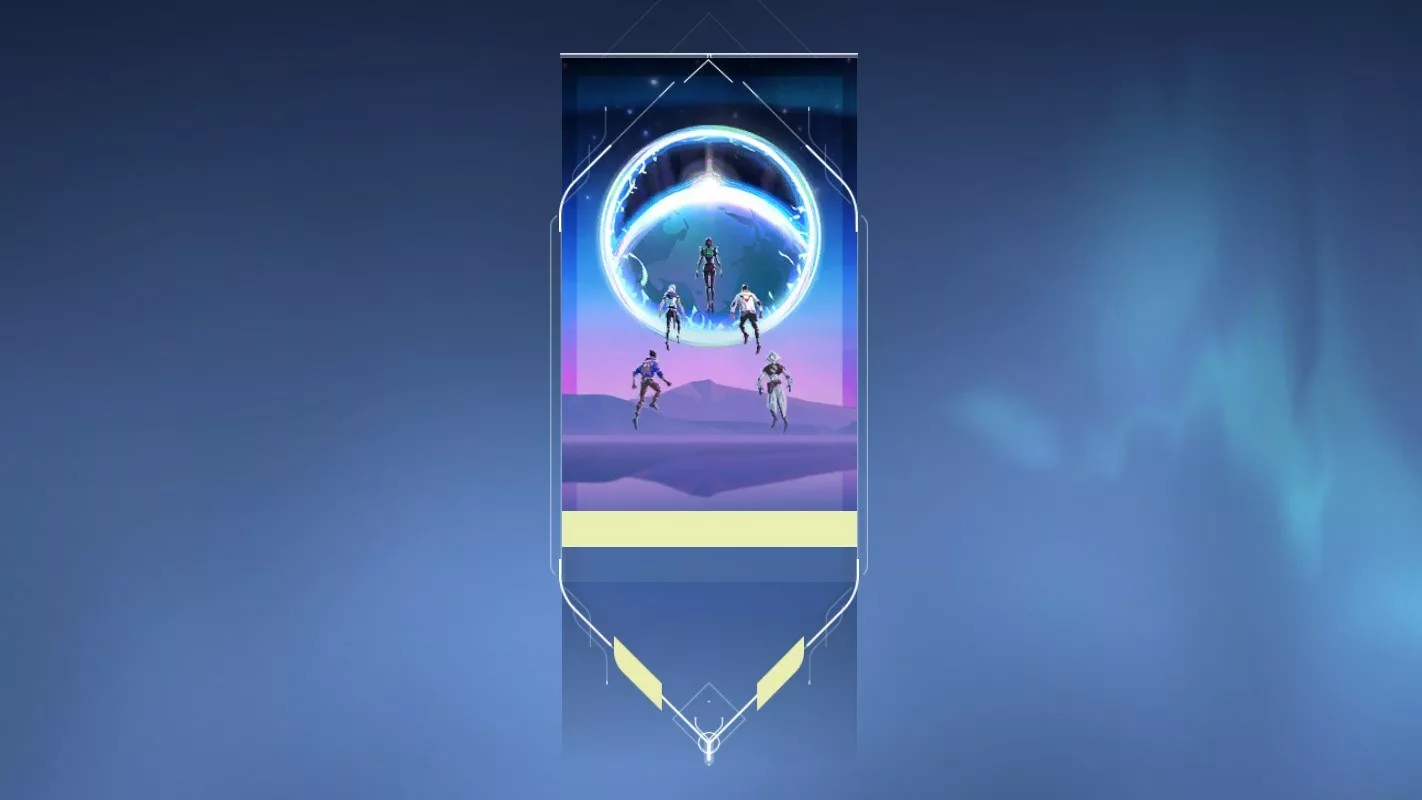 Riot Games has released a brand new Lore Cinematic and with it a free gift for all players: the Duality Player Card. Here’s everything you need to know about it and how to get the limited-time item!
Riot Games has released a brand new Lore Cinematic and with it a free gift for all players: the Duality Player Card. Here’s everything you need to know about it and how to get the limited-time item!
Valorant is currently in Episode 2 Act 3 and in a few weeks Riot Games will release a new act. According to the in-game Battle Pass, the end date for Episode 2 Act 3 is set for June 21. This means that we can expect Episode 3 to launch on June 22 – unless something unexpected comes up.
Update from June 8
Forget claiming the Duality Player Card. Due to the slow process and the number of players who have had issues with the redemption process, Riot has decided to simply add the Duality Player Card to every player’s inventory.
Here’s one way to solve that problem!
The Duality Lore Cinematic
Riot surprised Valorant fans with a Lore Cinematic that went live yesterday during Stage 2 Masters Reykjavik. Duality is the latest entry in a series that attempts to expand the world of Valorant, but perhaps it raises more questions than it actually answers. You can check out the full video below.
The story of Valorant is something we don’t know much about yet, but Riot is slowly expanding the universe. The latest cinematic, Duality, reveals that there is a parallel planet and each of the agents must face their alternate version. Where have we seen that before?
How to request the Duality player card for free
Along with the new video, Riot Games has also released the Duality Player Card. The best part? You can request it absolutely free of charge! There’s a catch, though: it’s only available for 48 hours, so just get it. Here’s how you can request the Duality Player Card:
- Log in with your Riot Games account.
- Go to the redemption page on the official Valorant website
- Enter the code “YTILAUD
If you’re having trouble opening the Redeem page, you’re not alone. Numerous players have reported that they can’t reach the page at all, and that’s probably due to the high traffic. Let’s hope that Riot brings the page back up, or at least extends the time period in which you can redeem it.
Riot lifts the time limit
Since everyone was so greedy to get the free Duality player card, the Valorant servers were overloaded. This led to frustration and many players were worried that they wouldn’t get the Duality Player Card. As a result, Riot Games decided to remove the time limit completely.
However, there is still one problem. Players now get the error message “You have reached the maximum number of entries for this code” when trying to enter the code. Unfortunately, there is nothing you can do about it. Only Riot can fix the problem.
Valorant: How to put together the optimal team
Which roles do you need to fill? How do you divide up the positions? And who is the in-game leader? We have the answers!
Many roles for five positions in the team
You can roughly divide the roles and responsibilities in a team. There is the solo defender, who can hold a point alone. The Support, who makes room with skills that need to be respected. The In-Game Lead makes the calls and works with the information of his teammates. The Entry Fragger and the Secondary are the players who go together on a point and are not afraid of enemy contact. The Sniper, who preferably holds certain angles with an Operator and can get a big advantage for the round with a First Blood, can also be beneficial to the team. Last but not least, there is the Lurker, who preferably keeps opponents busy at the other end of the map and comes from an unexpected side after enemy rotations.
The individual roles can also partially overlap or can be left out entirely or can change from round to round. An in-game leader can also be a solo defender and can also focus on minimap and communication due to defensive play. A balanced team with the assignment of such roles has the advantage that the team members know what their tasks are in the current round and can thus also build on the strengths of their agents.
The Spearhead: Entry Fragger & Secondary
The Entry Fragger is optimally the first player to make contact with the opponents around the Objective being targeted by the team. This can also be an important place on a map as a defender, e.g. to gain some control over the center in Ascent. By his push he makes room for the other mates, passes on the positions of the opponents and has the chance to get the point alone by nimble kills. The best agents for this role are Phoenix and Reyna.
As a secondary, you try to build on the moves, information and kills from the entry fragger. At a certain point, it pays to take a different position, hold different angles, or get behind enemy lines very quickly to take opponents who are rotating out of the action. Jett, Raze, Omen and Breach are particularly suitable for this role.
The Solo Defender
Since most maps have 3 main lanes, only two of them can be defended with a duo, the third “lane” then belongs to the solo defender. On Attack the role is obsolete, but an agent made for this role can here protect the team from flanks or focus on making sure the spike is well placed and defend them additionally with appropriate skills. Those who like this style of play might be satisfied with Cypher, Sage and Sova.
The Support
The main task of the support player is the optimal use of his abilities to make it easier for his own team to attack a point. This includes for example optimal placement of Smokes and the use of Flashes. As supports, many agents are suitable for this role: The solo defender agents can support well in the offense to get information or to cover some angles. Other agents are suitable as supports thanks to their sight-blocking abilities, like Brimstone and Viper, which can make it very easy to access a point. But Sova or Skye are also welcome in the role, as they can scout ahead with their Recon abilities.
The In-Game Leader
No team can function without an IGL. The game starts with the operator choice: Who plays which agent? How should the team split up on the map by default? Which agents do the opponents have? What do we have to pay attention to? How do we time the round? All this information and more have to be communicated to the team. If you want to take the role of the IGL, you should look for an agent who supports this role additionally like all agents who can get additional information by ability like Cypher, Sova and Raze.
The Sniper
Do you have an operator god in your team? Then let him take the role of the Sniper. Defensively, the Sniper can hold many angles where he can stand faster than the enemy team and get free kills especially against slow peeks. If it goes a bit offensive, he tries to move out after the spearhead, gradually covering positions where opponents can come. Good agents to support the sniper’s playstyle are for example Jett to play more offensive angles without risk or Cypher who rotates to other points after building up camera and tripwires to stay unpredictable.
The Lurker
Last but not least, there are the Lone Wolfs, who don’t like to hang out with the team, also called Lurker. This role is also useful in a team to avoid giving half the map to the opponents or to get impatient opponents when they don’t expect it because they rotate through their own spawn. Omen, Reyna and Jett are especially useful for playing off the enemy team, as their abilities make them less likely to fall victim to refrags or to escape from a bad position after a successful kill.
ValorantTeams, Valorant , Heroes&WIKI, ValorantTeam, ValorantPlayer, ValorantPlayers, ValorantTeamBuilding, ValorantTeamGuide




